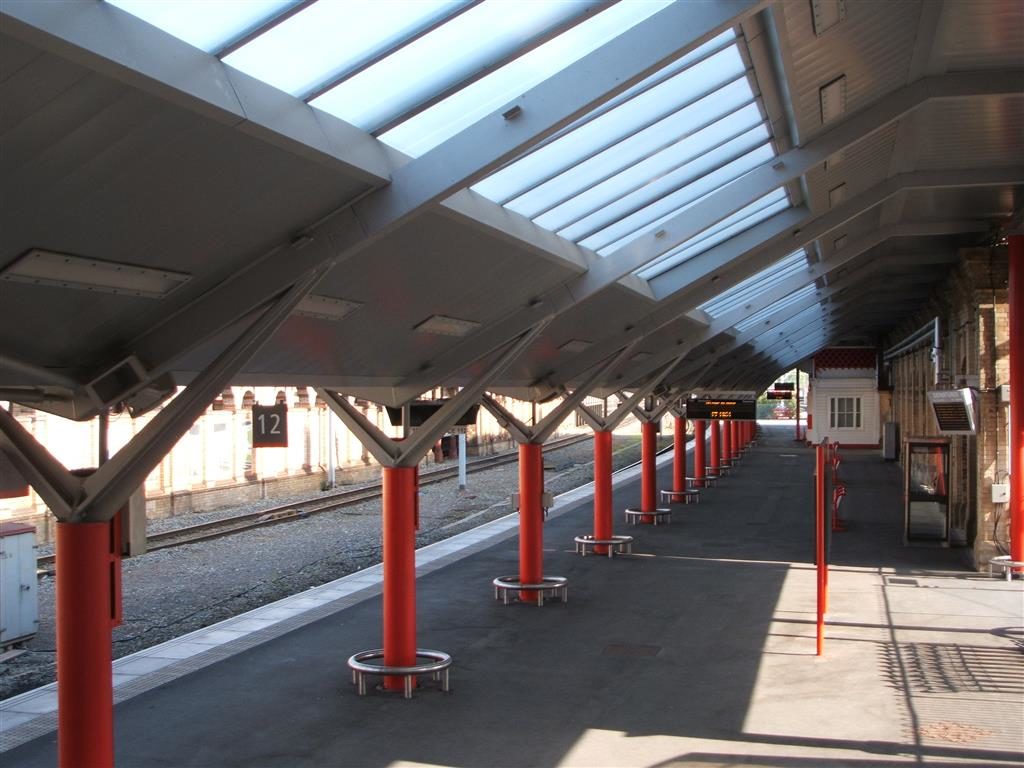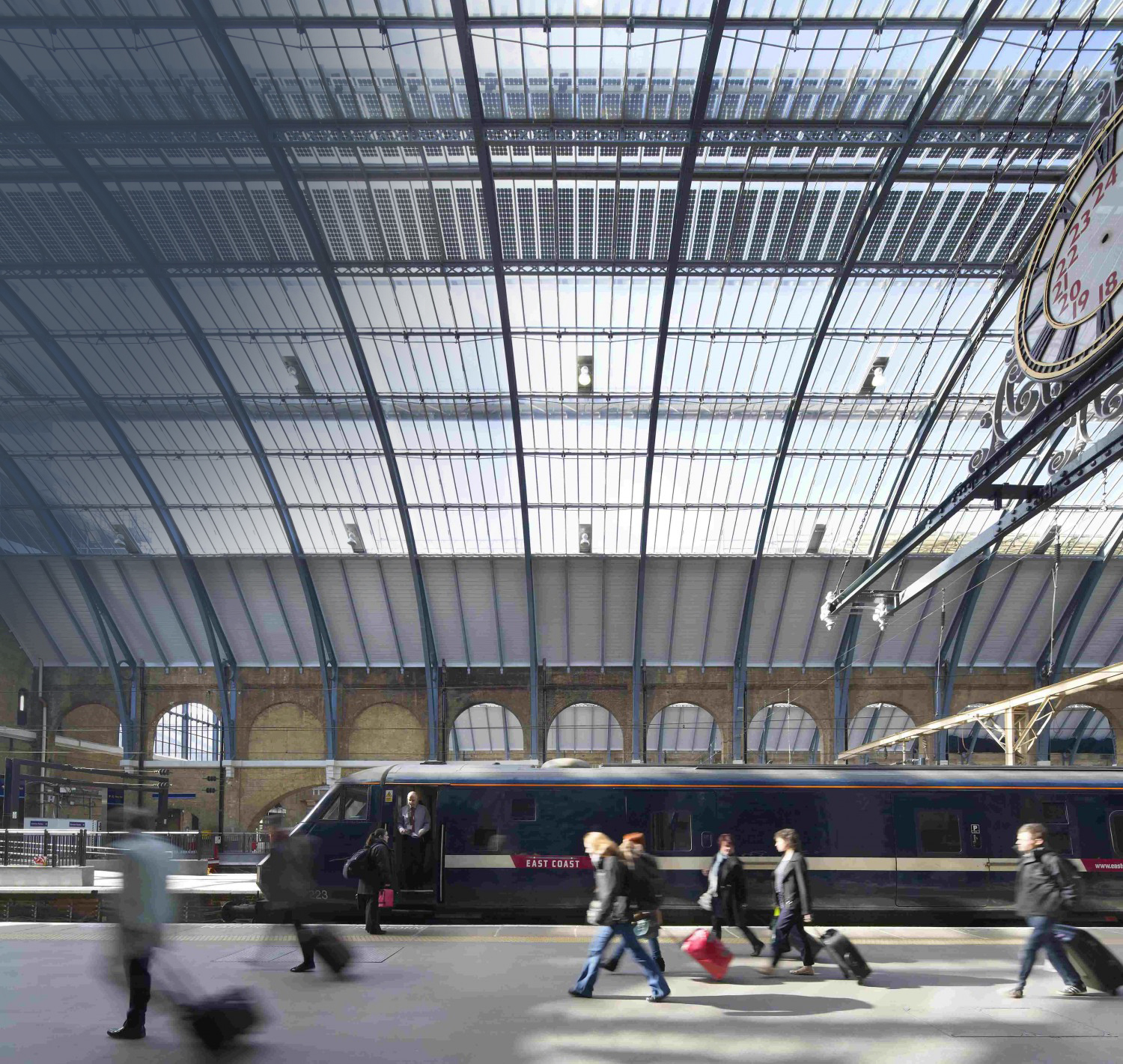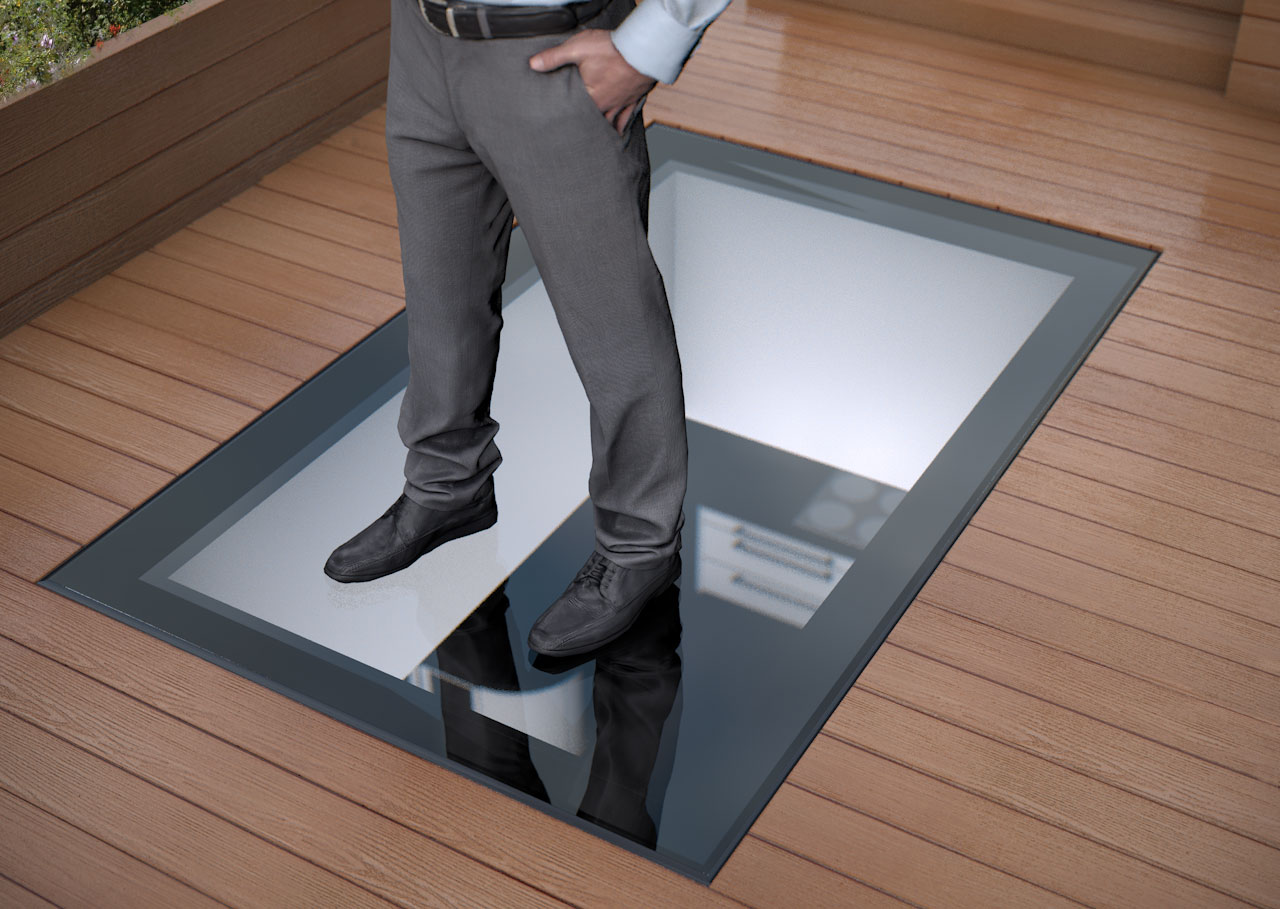Non-Fragile & Walk-On Rooflights Explained
The difference between non-fragile and walk-on rooflights is important for designers to understand when considering safety performance. Having a better understanding will enable you to decide which is most appropriate for your project and avid you specifying a more expensive walk-on version when a non-fragile rooflight is all that is required. So, what is the difference between the two?
A non-fragile rooflight is designed for the sole purpose of reducing in jury and saving life. It is not designed to be walked on, but to prevent people or objects falling through the glass in the event of a fall or trip when accessing the surrounding area. In the UK, there is no legal requirement for all rooflights to be non-fragile, but there is onus on the designer to carry out a thotough risk assessment.
The information throughout this article is valuable, and if you are serious about the performance of your rooflights and the safety of others, you will gain a better idea on what glass specification you need once you’ve finished reading.
Non Fragile Rooflights

As we know, these rooflights cannot be walked on. However, these rooflights have different classifications which we will outline below.
Class 1 – this describes glass that is designed to be walked on for occasional maintenance. This usually refers to cleaning which in return will support the weight of people and equipment without the outer pane breaking.
Class 2 – this describes glass that is not designed to be walked on but is still required to be non-fragile in the event of a person falling on the surface. The glass in this case will support the fall but may become damaged.
Class 3 – this describes rooflights which are considered to be fragile. In this case additional measures and safety considerations should be taken into account and guard rails erected to prevent falls.
Walk On Rooflights

Walk on rooflights are manufactured using glass. They are ideal for rooftop areas and terraces that can be used for aesthetic purposes but they also boast practicality and functionality. As we stated earlier in this article, these type of rooflights are designed to be walked on, so you can not only maximise your living space and share more daylight in your home or business, but you can rest assured that they are built with strong and safe glass to support foot traffic.
The majority of standard walk on rooflights are only suitable for domestic use, which means if you’re looking to install a rooflight for commercial use in a public area where foot traffic will be higher, calculations need to be carried out by a structural engineer. By doing this, they will ensure the correct and most appropriate glass is specified to maintain safety and security of the public.
Glass roofs come in various shapes and sizes, so if you require assistance in this area, please visit our glass roofs page for guidance.
The Standards
One of the main standards that apply to rooflight specifications is BS5516-2. Essentially, this provides recommendations for design, properties and maintenance of sloping glass and plastic glazing sheet materials. We recommend getting yourself familiar with this standard.
There is also the Advisory Committee for Roof Safety, this PDF version of the red book defines the tests for non-fragility.
On top of this too, there are CWCT test guidelines which have been adopted especially for glass roof lights. The most important guidelines are defined below:
TN66 – this provides appropriate guidance on safety issues in regards to access to glass roofs, maintenance and equipment that is mounted on the roof.
TN67 – this note describes the testing and assessment of glass roofs in order to establish compliance with the classification system which alternatively is set out in TN66.
TN92 – this defines ‘deemed to satisfy’ criteria and a test method for glass for use in class 2 roofs.
Considerations For The Correct Rooflight
• Usage – Will the rooflight be walked on by authorised maintenance personnel only or the general public? Is it for domestic or commercial use? How much traffic do you estimate the rooflight will receive once installed?
• Risk – Is there a risk of anybody authorised or otherwise, tripping and falling on to the rooflight once installed? Consideration should alos be given to those below the rooflight that may be injured by people or objects falling from above.
• Location – Location is an important factor to consider, and risk plays a factor in this. If you were to use a non fragile rooflight and someone accidentally fell and damaged it, would it damage anything else on the roof? Are there other risks associated?
• Cost – Remember that the cheaper does not mean better. You should be careful with the quality of glass and installation types, as corners should not be cut when considering the health and safety of others.


